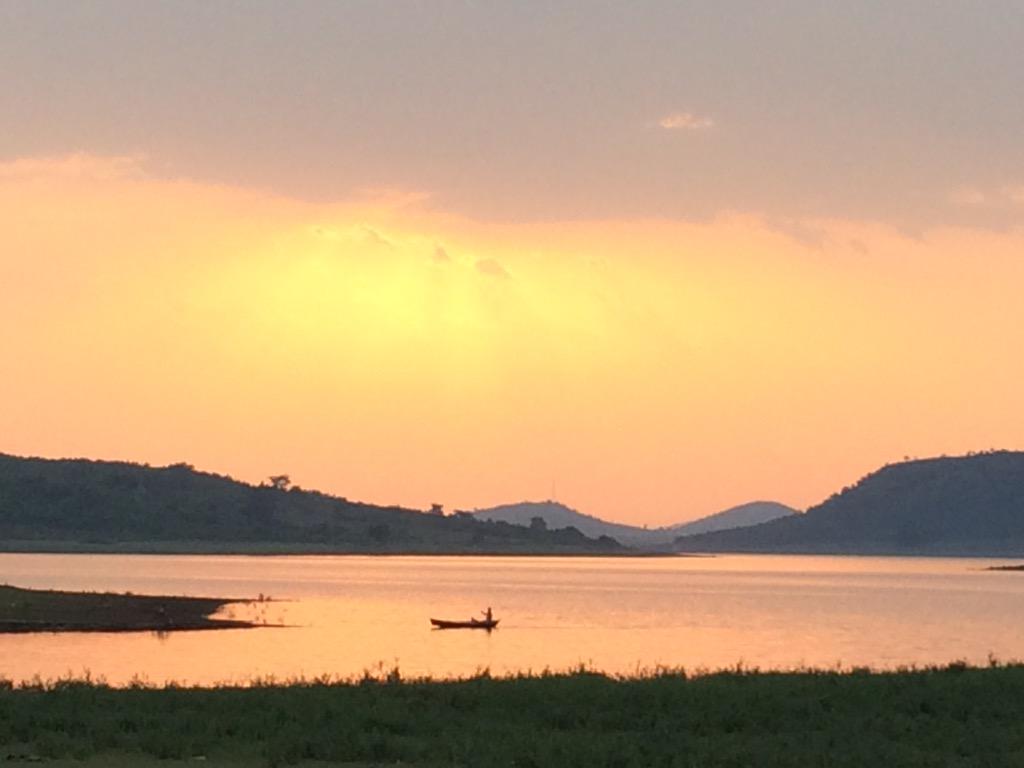Sameer Kumar Das writes in HospitalityBizIndia:
Odisha has always enthralled its lover with its eternal mystical charm, a beautiful poetic cocktail of history, culture and nature, so serene, so pristine, yet scintillating and intoxicating.
With the vanishing sea of Chandipur in the North, the architectural marvel of Ratnagiri, the mysticism of Lord Jagannath, the majestic Konark Sun Temple, the dazzling Chilika Lake and the freezing Daringbadi in the tribal hills of the South, Odisha has always been a connoisseur’s delight.
Challenges:
Despite having the blessings of history and nature, Odisha could not draw the dignified attention of the globetrotters because of its inability to project the image which it was once commanding in the past. Due to various historical reasons during the British colonial era, Odisha lost its political and economical significance in the last two centuries and hence perceived as one of the most backward areas of the country among the European travellers who constitute the major portion of the inbound traffic. Tourism is just a game of Perception Management where Odishan brand managers –politicians, intellectuals, artistes, businessman and royalties-failed miserably due to their subservient mindset. In today’s time, when Rajasthan is perceived among Europeans as an ideal destination to understand Indian culture, Goa its fun capital and Kerala its wellness centre, Odisha is perceived as land of poverty and primitive tribes. Hence, the State could not draw major investors in the tourism sector because of the perceived notion of non-viability of the business due to the poor projection thereby making Odisha one of the least preferred destinations of India.
Making and breaking of perception takes a long time. When the Europeans have stereotype perception for Odisha as a poor destination, there is no need for the marketer’s of State Tourism to reach out to the Western world every year through regular participation in ITB Berlin or WTM London. Breaking of this deeply entrenched negative perception will take long time irrespective of all the publicity endeavours.
Hence, need of the hour is to search newer pastures to source inbound tourists to Odisha where the ‘Look East’ policy will be more fruitful. The cultural legacy of Kalinga is very strong in South East Asia and Sri Lanka because of the spread of religion and trade in the past. The problem is that the people in those countries do not know Odisha’s ancient name and its contribution to shape their history. So, the focus of the marketers of Odisha Tourism has to be more strategic in creating awareness of every aspect of our ancient linkages to those regions covering traditions, customs, food, religion etc. Because of the proximity of these Asian countries to Odisha, the State can serve as their short haul weekend gateway ensuring through-out the year business if direct air-connectivity and better on-ground infrastructure is developed. The Land of Ancestors (or Root Tourism) and Buddhist Pilgrimage may be the major offerings from Odisha to the natives of South East Asia and Sri Lanka if the strategic policy makers of Odisha and India Tourism emphasized more on effective perception management and aggressive marketing the East Asian region. These endeavours of cultural link-ups will take care of the long term strategic interest of India and also play a bigger role in employment generation, poverty alleviation and moreover a better image creation.

